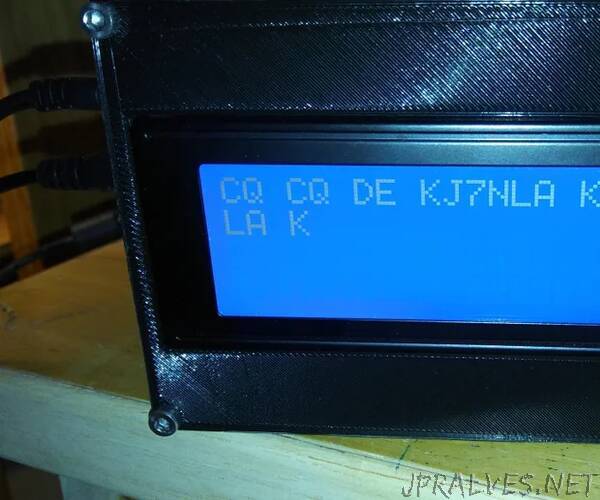
“In Amateur radio, Morse code is used to send messages using a series of short or long pulses which are heard by the operator as audio beeps. The short beeps are known as dots or dits, and the longer beeps are known as dashes or dahs. To be understood, the duration of the dits and dahs as well as the spacing between dits and dahs (the inter-symbol timing) and the spacing between letters and words must all meet the Morse code timing standards.
In the early days of Morse code, single-lever keys (e.g. the J-38 key) were used which required the operator to manually control all timings. Now most operators (except for the single-lever purist) use a double-lever key known as an iambic key or iambic paddle. I will not discuss the details of iambic paddles here since there are better explanations that can be found elsewhere (search YouTube), but in summary, iambic paddles reduce operator workload by automatically handling the symbol and inter-symbol timing, but the operator still needs to manually control letter and word spacing.
The purpose of this iambic trainer is to help the operator improve sending speed while maintaining proper letter and word spacing.
Supplies
Arduino Uno (probably would also work with a Nano)
I2C LCD display (20 char x 4 rows)
2 x 3.5mm audio jacks
1 x pushbutton switch
3D printed case
4 x 25mm M3 screws
8 x 6mm M3 screws
Arduino hook-up wire
right-angle square-pin headers
heat-shrink tubing
Tools
a reamer (rotary cutting tool) is handy but not essential
soldering iron”
